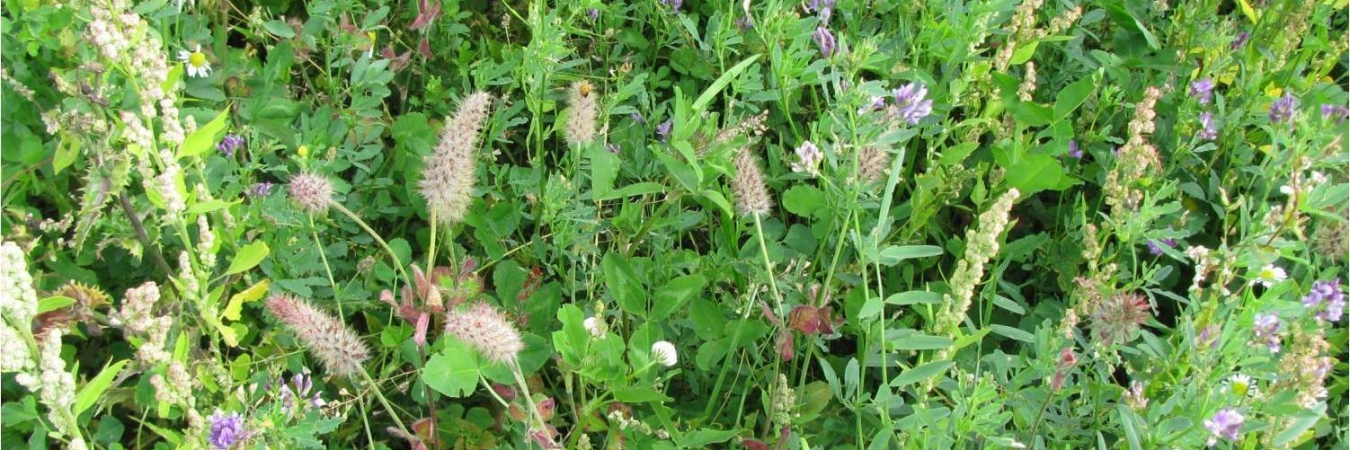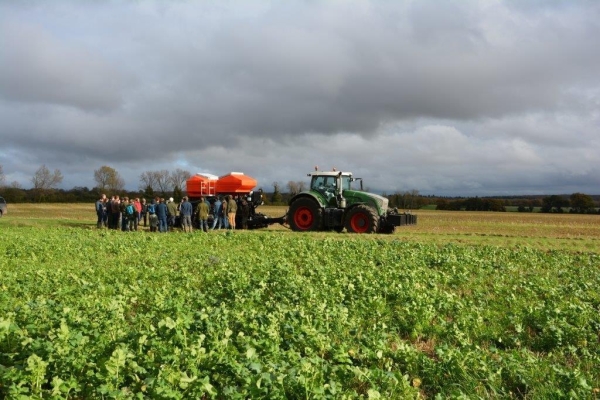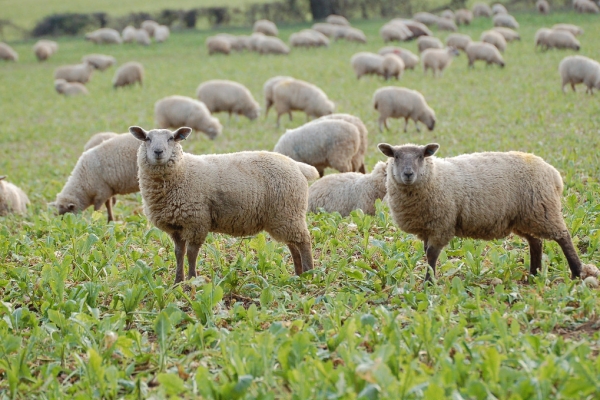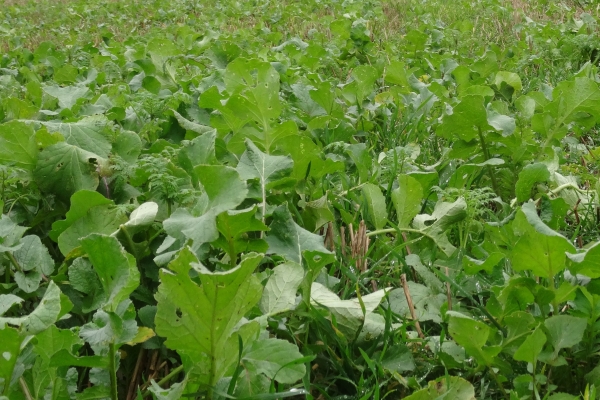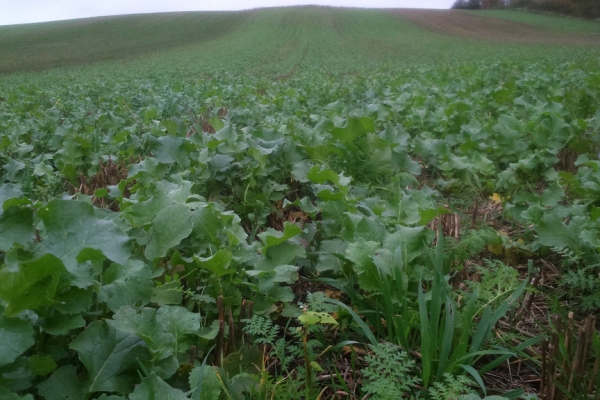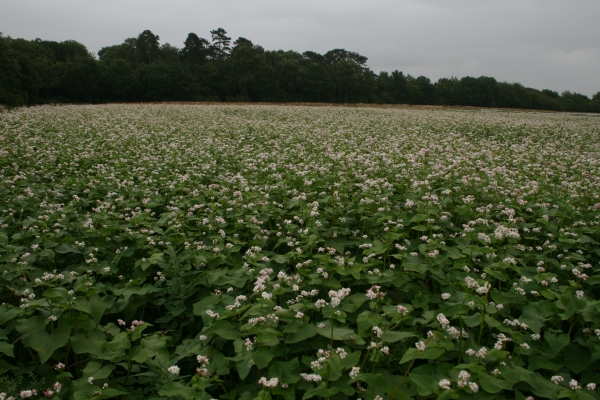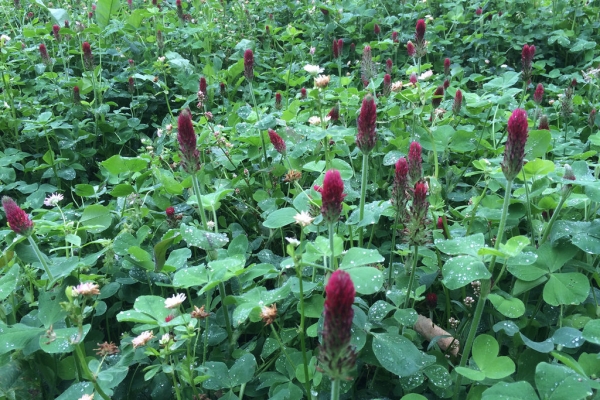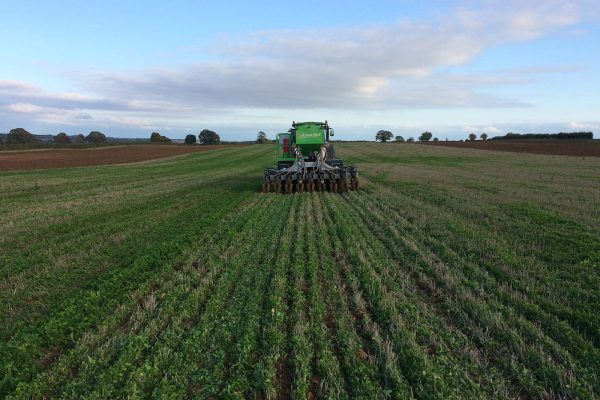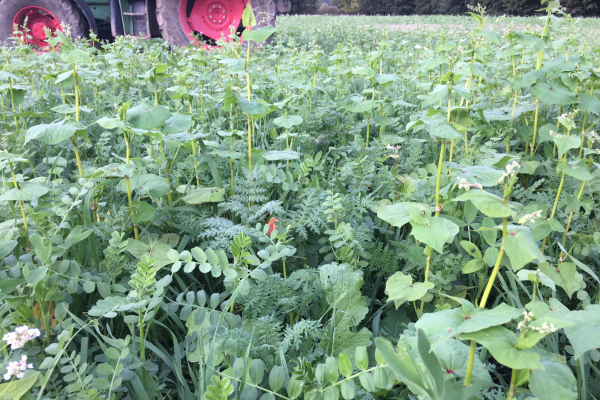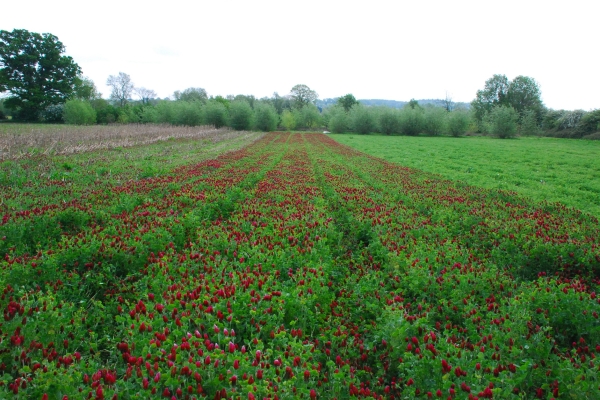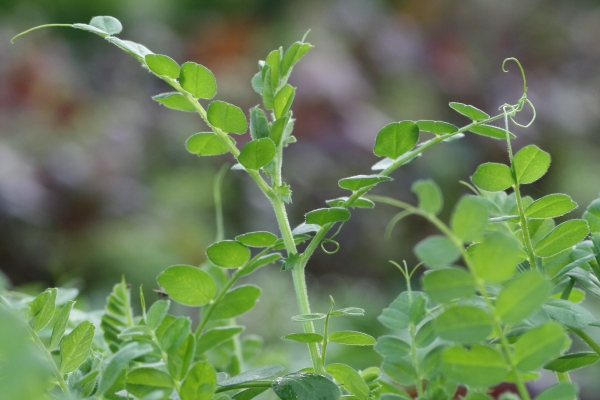Cover Crop and Living Mulch Wiki
Main Page
Resource explained
The wiki was was originally part of the European research project OSCAR (Optimising Subsidiary Crop Applications in Rotations), which was aiming to develop more sustainable systems of conservation agriculture and increase the diversity of cover crops and living mulches. It is now the main constituent of the ‘AgroDiversity Toolbox’ which comprises all aspects of biological diversification in agriculture. The website encourages anyone with interests in this area to get involved and input information on to the site, which also hosts resources from the OSCAR project. Project information includes scientific literature, experiments conducted in the project, and personal experience reports. The interactive and user-fed wiki is intended to evolve continually through input from participants. Information can be in the form of text, images and videos and covers leguminous and non-leguminous subsidiary crop species, species mixtures, machinery and farm case studies. Once you have signed up to the site, you can start contributing. Specific information on individual legume, grass and brassica species and other subsidiary crops that you can access and input could be particularly useful.
Findings & recommendations
- The success of the wiki depends on contributions from registered users modifying and adding new entries.
- The ‘Help’ and ‘How to edit wiki’ links give you information you may need if you want to change or add anything on the site.
- Under the Navigation Menu’ you can find:
- Information about the projects, the wiki is based on, including the OSCAR project.
- Definitions of subsidiary crops, cover crops and living mulches and descriptions of the benefits.
- Information on fertility building leys taken directly from the Institute of Organic Training and Advice (IOTA) Results of Organic Research: Technical Leaflet 7.
- Descriptions of different tillage system operations and the objectives of each of them.
- Information on machinery used for soil preparation, the sowing and planting of cover crops, and the sowing and planting-in of dead or living mulches. This includes machinery, implements and tools, new developments, machinery producers, and machines used in the OSCAR project.
The wiki is part of the ‘AgroDiversity toolbox’ which you can explore here.
Find out more about the OSCAR project here.
